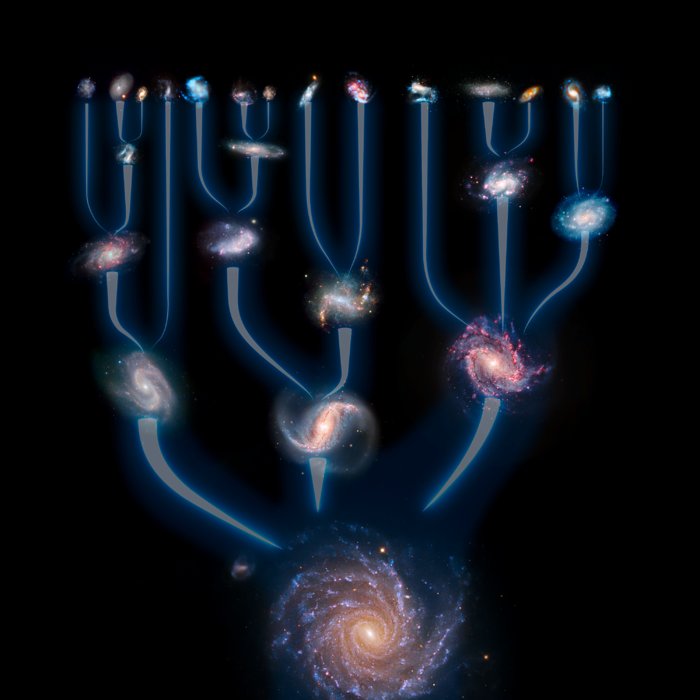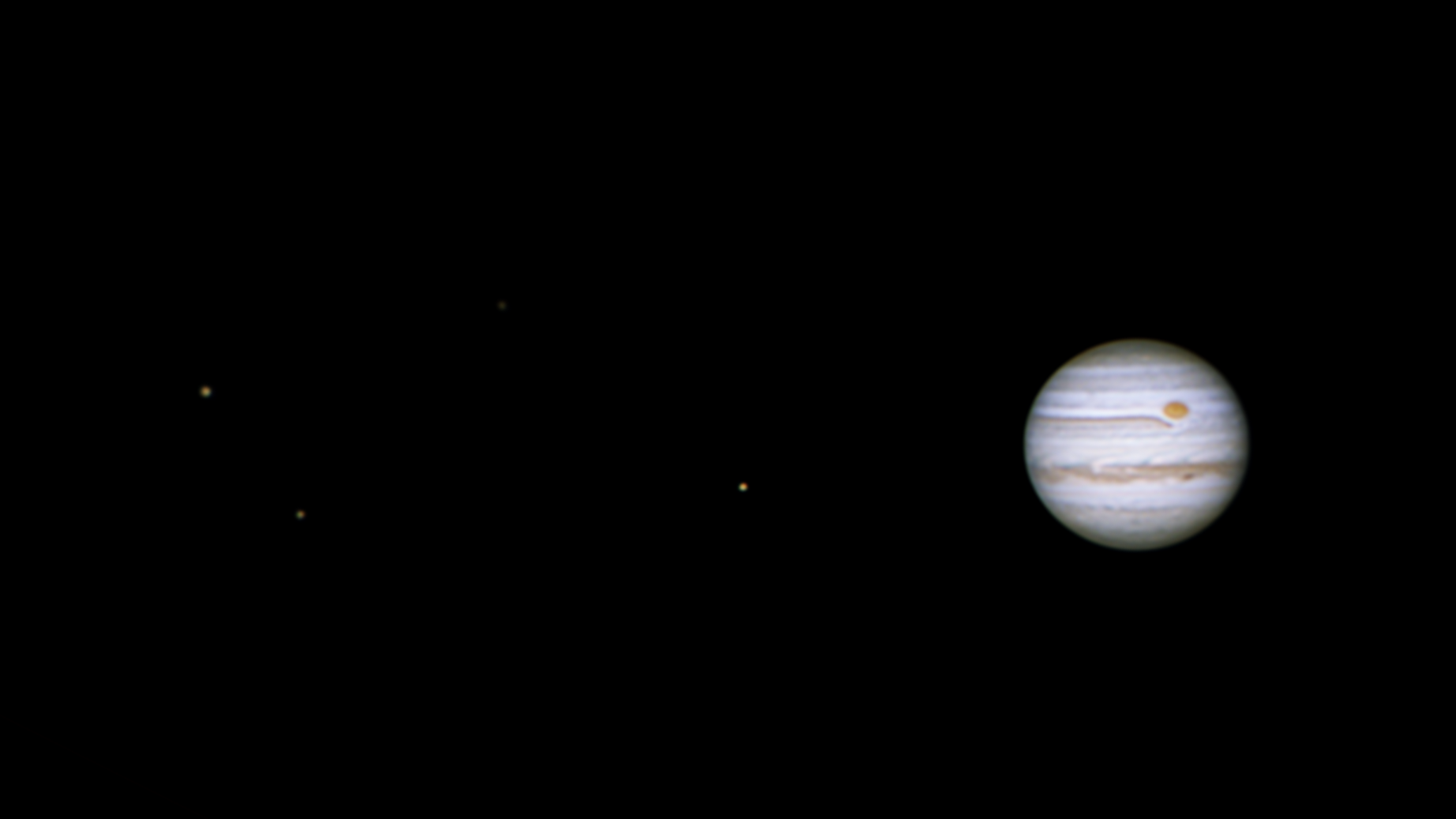Dictionary of Space Concepts
What is the Dictionary of Space Concepts?
The Dictionary of Space Concepts (DSC) is a project by UNIVERSEH – the European Space University of Earth and Humanity. Starting in 2020, this Alliance of five European Universities decided to launch an online dictionary dealing with terms and concepts related to space sciences. It should be created and used by students, lecturers, researchers and citizens alike.
After an initial planning phase, the DSC was published in spring 2022. It opens up several opportunities for all members of the UNIVERSEH Alliance and interested citizens to contribute to the content of the DSC.
In our course "Terms and Concepts of Space" (to the registration) , students learn how to write a dictionary article and later on contribute several entries to the DSC. Students and other members of the UNIVERSEH Alliance can also submit articles for the DSC via an entry in here . Interested citizens can contribute in this entry platform.
Once submitted, these articles are reviewed by UNIVERSEH Alliance staff and, if necessary, edited before their publication in the Dictionary.
In this way, the DSC is a dynamic project that is constantly expanding in content and quality through constant contributions from students, staff and citizens.
Special | A | B | C | D | E | F | G | H | I | J | K | L | M | N | O | P | Q | R | S | T | U | V | W | X | Y | Z | Å | Ä | Ö | ALLA
G |
|---|
Galaxy | ||
|---|---|---|
Image/Video/Audio Source: Short Definition: Detailed Definition: Etymology: Sample Sentence(s): Translations: German: Polish: Swedish: Spanish: Links to Videos/Articles: | ||
Galaxy cluster | ||
|---|---|---|
 Short Definition
Sample Sentence(s) Galaxy clusters can consist of thousands of galaxies. Translations of Terms/Concepts into Partner Languages French: amas de galaxies German: Galaxienhaufen Italian: mmasso di galassie Polish: gromada galaktyk Swedish: galaxhop Links to Videos/Articles:
| ||
Galaxy Evolution | |||
|---|---|---|---|
Picture: Model of Evolution of Galaxy Image/Video/Audio Source: https://upload.wikimedia.org/wikipedia/commons/a/a3/Evolution_in_slow_motion.jpg Short Definition: Galaxy evolution or evolution of galaxy is a term that we have used for understanding the formation process and changes of galaxies since the beginning that made up the known universe. The term galaxy evolution also represents the models we form about the universe filled by the observed photons and the expansion since the big bang. At this point, the sizes, shapes and contents of all galaxies give us an idea about the formation and evolution of the universe. Detailed Definition: Galaxy evolution is a term used to understand the structure of the universe and the ongoing formation processes by comparing the morphology, brightness and content of galaxies with each other. The term galaxy evolution here studies galaxies in four main groups. These are Elliptical Galaxies, Lenticular Galaxies, Spiral Galaxies, and Irregular galaxies. The evolution process of galaxies in these four groups is examined under three main headings. These are Passive evolution (The state where the galaxy does not interact with any other galaxy [interactions or mergers] and thus does not produce star formations.), Interactions and Mergers (The state in which galaxies are affected by interacting with other galaxies), Secular Evolution (Situation in which processes by internal changes of galaxies affect their colour, luminosity and shape.) Etymology: From Latin ‘Galaxias’ and From Latin ‘ēvolūtiōnis’ (Unrolling/Unfolding) Sample Sentence(s): ‘’Radio telescopes have played a pivotal role in the understanding of galactic evolution.’’ (Galaxy Evolution, Cosmology and Dark Energy. (2018, May 30). Public Website. https://www.skatelescope.org/galaxyevolution/) ‘’Understanding how black holes shape their host galaxies is part of the study of galactic structure and evolution.’’ (Galaxy Formation and Evolution | Center for Astrophysics. (n.d.). https://www.cfa.harvard.edu/research/topic/galaxy-formation-and-evolution) Translations of Terms/Concepts into Partner Languages: French: Évolution de la galaxie German: Galaxienentwicklung Polish: Ewolucja galaktyki Swedish: Utveckling av galaxer Turkish: Galaksi Evrimi Links to Videos/Articles: https://www.britannica.com/science/galaxy/Evolution-of-galaxies-and-quasars https://www.jwst.nasa.gov/content/science/galaxies.html https://www.skatelescope.org/galaxyevolution/ https://www.cfa.harvard.edu/research/topic/galaxy-formation-and-evolution https://sites.astro.caltech.edu/~george/ay20/eaa-galevol.pdf https://astronomy.swin.edu.au/cosmos/E/evolution+of+galaxies https://www.youtube.com/watch?v=Rdd9KAUcvgQ&ab_channel=TakayukiSaitoh https://www.youtube.com/watch?v=_WtvU4Xn2UE&ab_channel=CaltechAstro | |||
Galaxy Merger | |||
|---|---|---|---|
 Source: https://www.eso.org/public/images/1016-galaxy_formation_merger/ Short Definition: A galaxy merger is the phenomenon of two or more galaxies colliding with each other, resulting in the formation of a new, enlarged galaxy. Detailed Definition: A galaxy merger occurs when two or more galaxies collide with each other, leading to the creation of a larger galaxy. Galaxy mergers are the most violent type of galaxy interaction. When a collision of several galaxies occurs, the stars and dark matter in each of them become affected, which has influence on both the orbits of the stars and the shape of the newly formed galaxy. During a merger, an increase in star formation can be observed, as the friction interaction of gas and dust contributes to the raise of energy in the resulting system. Galaxy mergers provide astronomers with the merger rate, which is a fundamental measurement of galaxy evolution and sheds some light on how galaxies have increased in size over time. Etymology: merge - Latin mergere"to dip, dip in, immerse, plunge" galaxy - Late Latin galaxias - Greek galaxías Sample Sentence(s): Galaxy mergers can be simulated in computers, to learn more about galaxy formation. Translations of Terms/Concepts into Partner Languages French: Fusion de galaxies German: Galaxienfusion Polish: Fuzja galaktyk, połączenie się galaktyk Swedish: Galaxsammanslagning Links to Videos/Articles: https://www.eso.org/public/images/1016-galaxy_formation_merger/ https://www.thoughtco.com/interacting-galaxies-have-interesting-results-3072045 https://www.youtube.com/watch?v=4disyKG7XtU | |||
Gamma ray | |||
|---|---|---|---|
Illustration of an emission of a gamma ray ( γ ) from an atomic nucleus Source: https://en.wikipedia.org/wiki/Gamma_ray#/media/File:Gamma_Decay.svg Short Definition: Gamma rays are very high frequency electromagnetic radiation emitted as an outcome of radioactivity. Due to high frequency, gamma rays have very high energy. Natural sources of gamma emission originating on Earth are mainly an effect of radioactive decay and secondary radiation from atmospheric interactions among cosmic ray particles. Detailed Definition: A gamma ray, also known as gamma radiation, is a penetrating form of electromagnetic radiation originating from the radioactive decay of atomic nuclei. Gamma rays from radioactive decay are within the energy range starting at few kiloelectronvolts (keV) to roughly 8 megaelectronvolts (MeV), matching to the usual energy levels in nuclei among reasonably long lifetimes. The energy spectrum of gamma emission can be utilized to recognize the decaying radionuclides with a technique called gamma spectroscopy. Very-high-energy gamma rays in the 100–1000 teraelectronvolt (TeV) range have been observed from sources such as the Cygnus X-3 microquasar. Etymology: gamma - The third letter of the Greek alphabet (Γ, γ), Sample Sentence(s): "Solar flares emit across the entire electromagnetic spectrum, including gamma rays." Translations: French: Rayon gamma German: Gammastrahlung Polish: Promieniowanie gamma, promienie gamma Swedish: Gammastrålning Links to Videos/Articles: | |||
Geosynchronous orbit | |||
|---|---|---|---|
 Projection of the path traced by geosynchronous satellites of different inclinations. Source: Wikipedia Short Definition: | |||
Gravity | |||||||||||
|---|---|---|---|---|---|---|---|---|---|---|---|
Image/Video/Audio: Image/Video/Audio Source: Short Definition:
Detailed Definition:
Etymology:
Sample Sentence(s):
Translations of Terms/Concepts into Partner Languages [Multiple fields for entering the translation of the term in each partner language, additional languages can potentially be added, e.g. Russian, Chinese, Portuguese] French:
German:
Polish:
Swedish:
Links to Videos/Articles:
| |||||||||||
Gravity Assist | ||
|---|---|---|
Source: http://solarsystem.nasa.gov/multimedia/display.cfm?IM_ID=2143, https://commons.wikimedia.org/w/index.php?curid=18049439 Short Definition:Gravity assistance describes the intentional use of the gravitational attraction of a celestial body, in order to modify the trajectory of a space vehicle. This maneuver allows the spacecraft to save rocket fuel. Detailed Definition:Etymology:1. Gravity (Noun.), originating from the Latin word gravitatem, with the meaning of “weight, heaviness, pressure” 2. Assist (Verb.), originating from Latin word assistere, which means “standing by, help” Sample Sentence(s): “The global minimum velocity increments of direct transfer trajectory and gravity-assist trajectories are obtained for each candidate target.” Translations:
Links to Videos/Articles:
| ||
Great Red Spot | |||
|---|---|---|---|
 Sources: Stewart, P. (2018, June 8). Jupiter. flickr. https://www.flickr.com/photos/106648653@N05/42658035711 Definition:A persistent large anticyclonic storm in the atmosphere of Jupiter, 22° south from its equator, which has been continuously observed since the 19th century.As of 2021, the Great Red Spot is reported to be about 10,000 miles across and 300 miles deep into the atmosphere of Jupiter. However, according to NASA observations, it is shrinking and becoming taller, and it is not yet clear whether the Great Red Spot will stabilize or disappear completely. Translation:
Links to Videos/Articles:https://www.youtube.com/watch?v=JDi4IdtvDVE | |||

